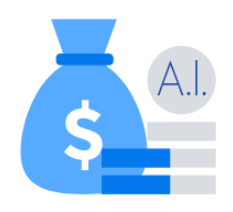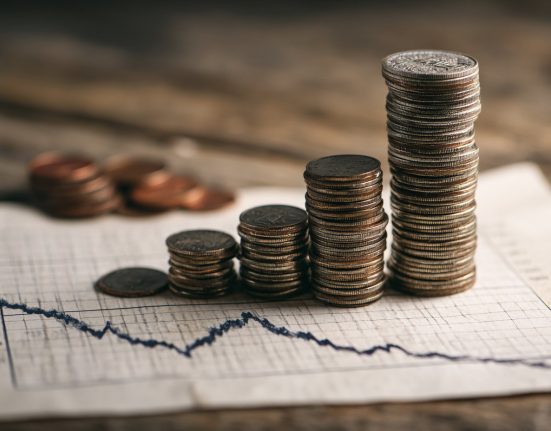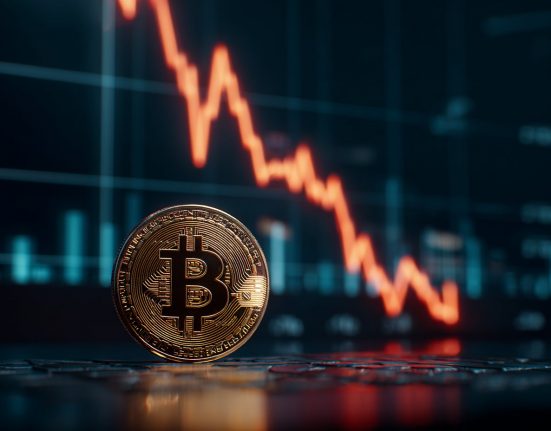Inflation is an inevitable and insidious force that slowly chips away at the value of your money. When money is not growing in some form of vehicle that outpaces inflation, while you don’t lose money, you do lose purchasing power.
Find Out: 4 Unusual Ways To Make Extra Money That Actually Work
Or, as Mark Slack, an expert in side hustles and finance at SideHustles.com, said, “being vulnerable to inflation would signify that a stream of income remains the same or grows very minimally, making it difficult to sustain your living standard over time.”
For people with passive income streams, knowing which ones are more vulnerable to inflation can help you make necessary changes.
What It Means To Keep Up With Inflation
Investments or income streams that keep up with inflation are those where the value or returns grow at the same pace or even faster than the pace at which prices for goods and services increase, Slack explained.
So, if your money isn’t growing right there with it, you’re really losing value. “For instance, if there’s 3% annual inflation and your passive income source grows by only 1%, your income has shrunk in real terms because you can buy less with the same money,” Slack said.
Fixed Income Sources
Some fixed-income sources, such as a traditional savings account, CDs or even fixed annuities usually fail to keep pace with inflation, according to Erika Kullberg, an attorney and finance expert with Erika.com.
“For example, if a CD offers a 2% return but inflation rises to 3%, the real return is going to be in the negative, meaning you’re losing purchasing power,” she said.
At the same time, long-term bonds with fixed payouts can trend less valuable in inflationary periods, because their returns don’t adjust with the rising costs of goods and services.
Rental Properties
Rental properties can sometimes be included in this category if the landlords do not adjust their rent periodically to match inflation, Slack said.
“Without proactive increases to rents, increased costs for property taxes and maintenance start to cut into profits. Savings accounts, even high-yield ones, will generally offer rates below inflation,” he said. Thus, money growing at only 1.5% when the inflation rate is 3% still means that your savings lose value.
Royalties
Another passive income form that inflation can drag backwards is royalties on static intellectual property, Slack said, “like a book or song created many years ago.” He said these may not earn at a rate sufficient to keep up with inflation unless they are part of an always relevant or revised product.
Though this income type is still typically welcome, it’s a good idea to invest these proceeds into something where the money can earn even more.
Invest Here Instead
For passive income that is less vulnerable to inflation, Kullberg recommended investing in dividend stocks in sectors like utilities or consumer goods, because these tend to increase payouts over time, helping them match or even outpace inflation.
“Inflation-indexed bonds, like Treasury inflation-protected securities (TIPS), are also useful income streams here, as they are pretty much designed to grow with inflation,” she said.
Slack added, “You can lock in an income stream that’s growing more rapidly than inflation by buying shares of companies that have a track record of upping their dividends.”
He recommended starting small and using platforms like Robinhood or Fidelity. “Through these platforms, you can invest regularly in ETFs or individual dividend-paying stocks.”
The Right Kind of Real Estate
Real estate done right is the best example of a side hustle many use in generating passive income while hedging against inflation, Slack said.
Since platforms like Airbnb make dynamic pricing possible, adjusting itself upon market demand and, therefore, inflation, that’s one good method, Slack said.
“If property management is too much, then there are real estate investment trusts (REITs), which is a hands-off investment method through which one can grow their money in real estate markets.”
Digital Products or Subscription Services
If you want to generate passive income with very low initial investment, then you could build digital products or subscription services, Slack said. “This may be a premium newsletter or an evergreen online course. This will be a passive income stream, but there is the need to revisit it over and over to adjust pricing as your audience grows in numbers.”
Peer-to-Peer Lending
As a last example, peer-to-peer lending or even investing in commodities would yield returns resistant to inflation, Slack said.
“Platforms such as LendingClub allow you to lend directly to either people or businesses, often at rates that change based on different market conditions.”
It doesn’t matter whether you use real estate, digital products or financial investments, the key will always lie in reinvesting continuously with an ability to adapt to different economic conditions faced so that your side hustle income increases with inflation.







